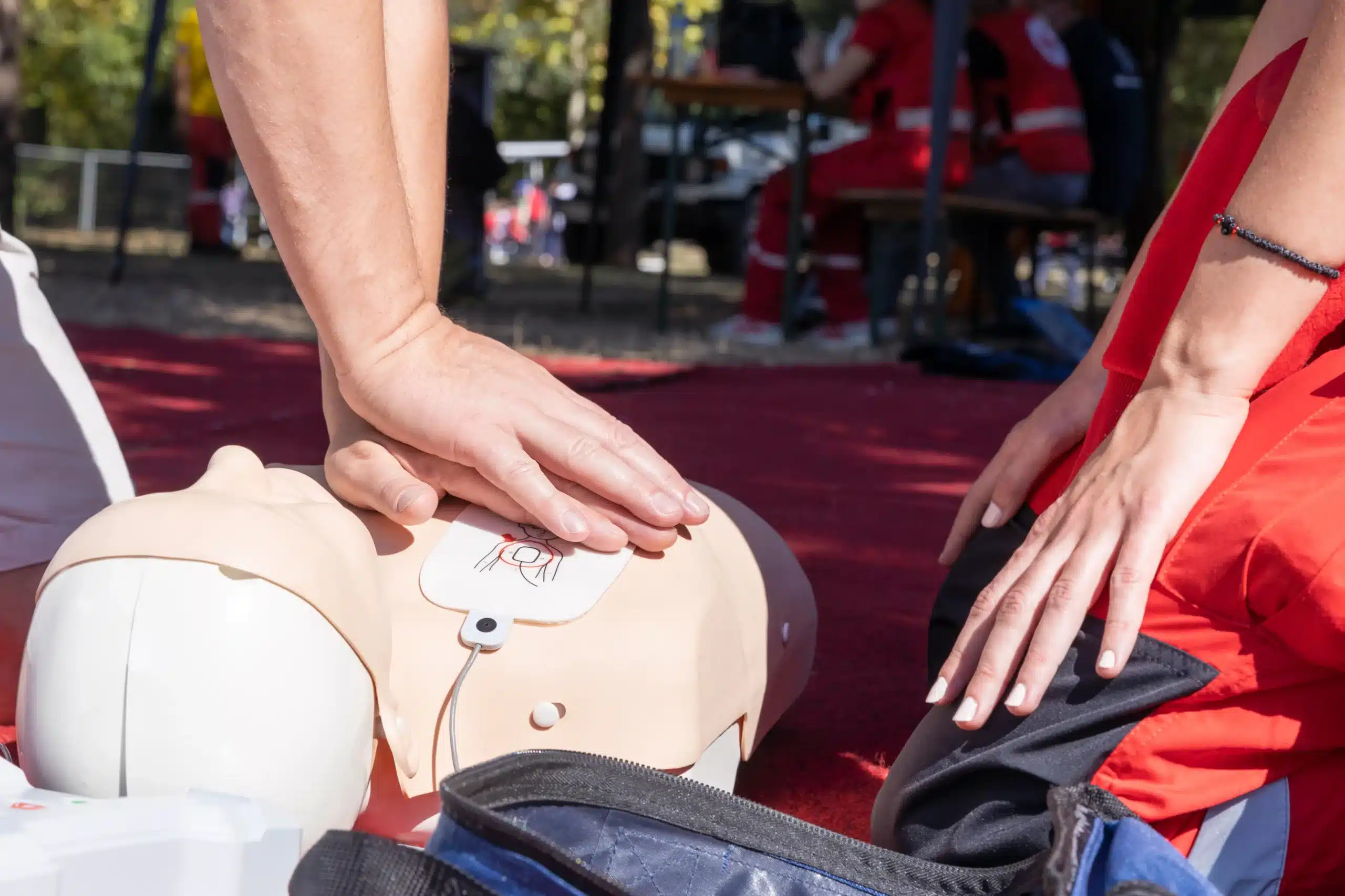Cardiac arrest doesn’t wait for an invitation. It can strike anyone, anywhere, and at any time. That’s where CPR—the life-saving act of cardiopulmonary resuscitation—comes in. This straightforward yet powerful technique is a keystone in healthcare and public safety. It quite literally holds the key to keeping the heart beating and the brain alive, buying precious time until advanced care can take over.
Whether you’re a healthcare professional on the frontlines or a member of the general public, understanding the importance of CPR could be the difference between life and death in an emergency. This comprehensive guide explores why CPR is critical, how it saves lives, and how you can become CPR certified to make a life-altering impact.
What Is CPR and Its Role in Healthcare
CPR, or cardiopulmonary resuscitation, is an emergency procedure that combines manual chest compressions with rescue breaths. Its goal? To restore blood flow and oxygen delivery to the brain and other vital organs when the heart has stopped beating or a person’s breathing has ceased.
How CPR Works
- Chest Compressions: These manual compressions push blood rich in oxygen to vital organs, preventing tissue death.
- Rescue Breaths: These breaths replenish oxygen in the bloodstream, ensuring organs like the brain have what they need to function.
- Immediate Goal: Maintain critical circulation and oxygenation.
- Ultimate Goal: Stabilize the person until professional medical care arrives.
What makes CPR remarkable is its simplicity; it can be performed practically anywhere—from hospital settings to public places like parks or malls. Its universal applicability makes it an essential skill for both healthcare workers and bystanders.
The History of CPR
CPR may seem like a modern-day marvel, but its origins span decades of scientific evolution.
Timeline of CPR’s Development
- 1700s: Basic resuscitation methods for drowning victims emerge in Europe.
- 1950s: Mouth-to-mouth resuscitation is introduced, revolutionizing the way people viewed emergency care.
- 1960s: The American Heart Association (AHA) formalizes CPR guidelines and begins promoting widespread certification.
- Modern Era: Enhanced techniques, such as hands-only CPR and automated external defibrillators (AEDs), have improved survival rates.
The evolution of CPR demonstrates how rigorous research and continuous innovation have made the technique more effective and accessible over time.
Importance of CPR in Saving Lives
The statistics on cardiac arrest are staggering. Every year, hundreds of thousands of people experience cardiac arrest either at home or in public. The window for survival narrows dramatically with each passing minute, but CPR can double or even triple the chances of survival.
Key Statistics
- Home Incidents: 70% of cardiac arrests happen in homes.
- Impact of Bystander CPR: Immediate CPR can double or triple a person’s chance of surviving a cardiac arrest.
CPR is a critical link in the “chain of survival.” It extends that chain long enough for professional emergency teams to take over, making all the difference.
The Role of Healthcare Professionals in CPR
Healthcare professionals are the first line of defense in medical emergencies. Their CPR competency can significantly influence outcomes, from stabilizing a heart attack victim to reviving someone who has stopped breathing.
Why CPR Competency Matters
- Frontline Workers: Responsibilities of paramedics, nurses, and doctors often begin with emergency response.
- Routine Training: Regular CPR training ensures healthcare workers remain skilled and confident.
- Team Coordination: Effective CPR often requires teamwork, especially in high-pressure settings like emergency rooms.
Even non-clinical staff like hospital administrators or support teams can benefit from CPR training, as emergencies can happen anywhere on hospital grounds.
CPR Training and Certification
Knowing CPR isn’t enough—you need proper training to execute it effectively. Whether you’re a healthcare worker or a concerned citizen, becoming CPR certified is straightforward and incredibly impactful.
Steps to Certification
- Find a Course: Search for AHA-approved training centers or organizations like Safety Training Seminars.
- Types of Certifications
- Basic Life Support (BLS) for healthcare professionals.
- Advanced Cardiac Life Support (ACLS) for more complex scenarios.
- CPR and First Aid for the general public.
- Time Commitment: Most courses take just a few hours, and certification is valid for two years.
CPR training is a growing priority not just for medical workers but for everyday heroes—parents, teachers, and even teenagers eager to make a difference.
Debunking Myths About CPR
Misinformation stops many from stepping in during emergencies. It’s time to put these CPR myths to rest.
Common Misconceptions
Myth 1: “Only trained professionals should perform CPR.”
Fact: Anyone can and should attempt CPR. Imperfect CPR is better than no CPR.
Myth 2: “I might hurt the person.”
Fact: The risk of causing harm is minimal, and the benefits far outweigh any potential downside.
Myth 3: “CPR always brings the person back to life.”
Fact: CPR buys time; it’s not a guaranteed fix but a life-extending measure.
Clearing up these myths encourages more people to take action during emergencies, knowing they can truly save lives.
Key Takeaways and Your Next Step
CPR is more than a healthcare procedure—it’s a lifesaving skill that empowers individuals to act when every second counts.
Why You Should Act Now
- CPR bridges the gap between life and advanced care.
- Timely intervention can significantly boost survival rates.
- Certification is quick, accessible, and vital for both professionals and the public.
If you’re not yet CPR-certified, now is the time to act. Safety Training Seminars offers a range of AHA-certified courses in Palo Alto, including CPR and First Aid, BLS, ACLS, and PALS. Sign up today to make sure you’re prepared to step in when it matters most. Healthcare organizations should also ensure their teams remain updated on CPR techniques and certifications.
Final Thought
Whether you’re saving a colleague at work or helping a stranger in need, being armed with CPR knowledge is a gift—not only to those you save but to yourself. Empower your life. Empower others. Get certified.






